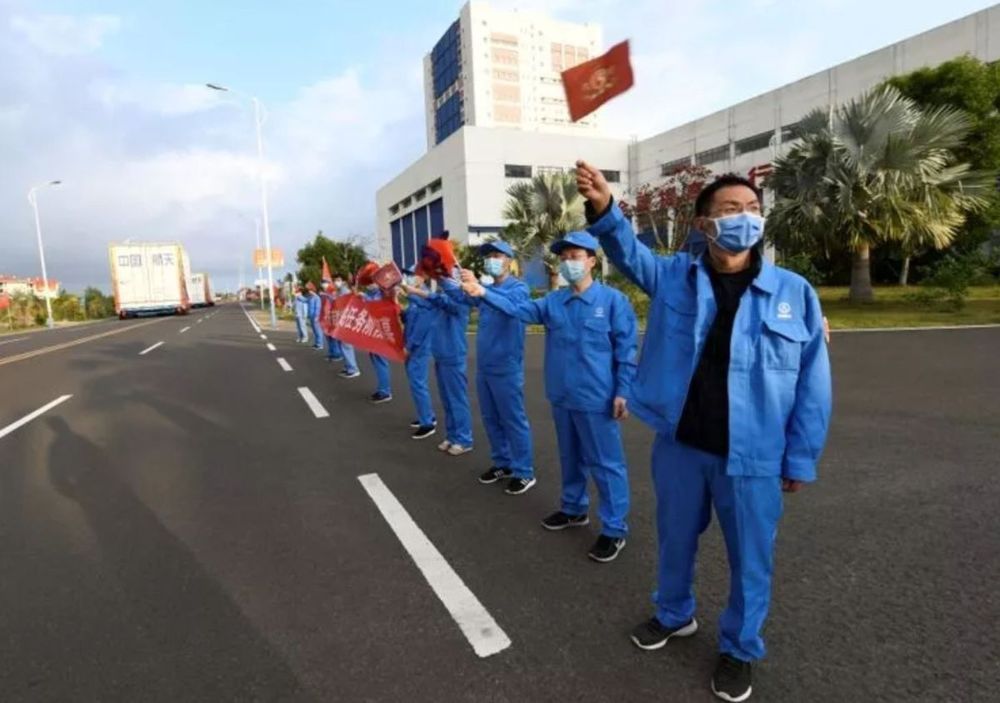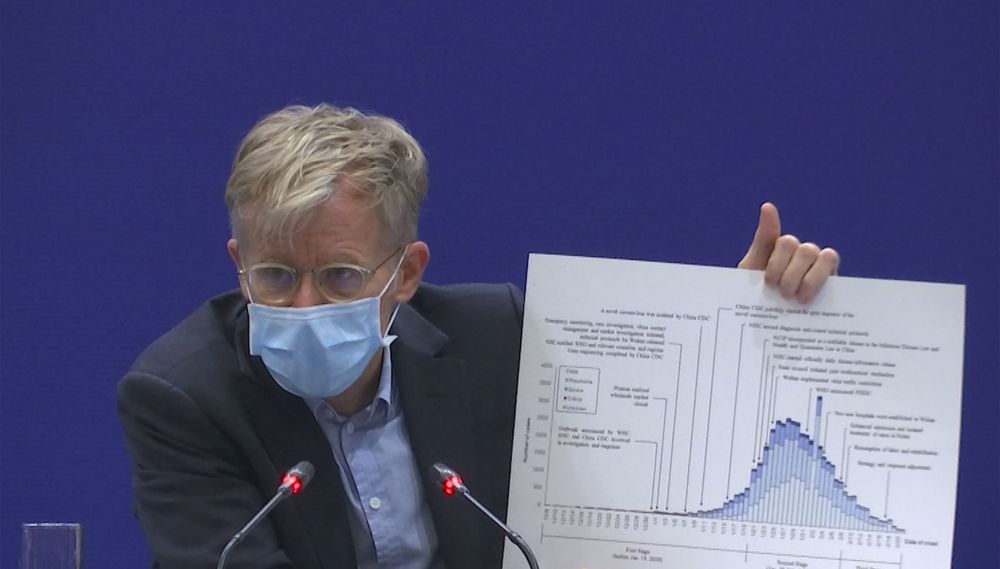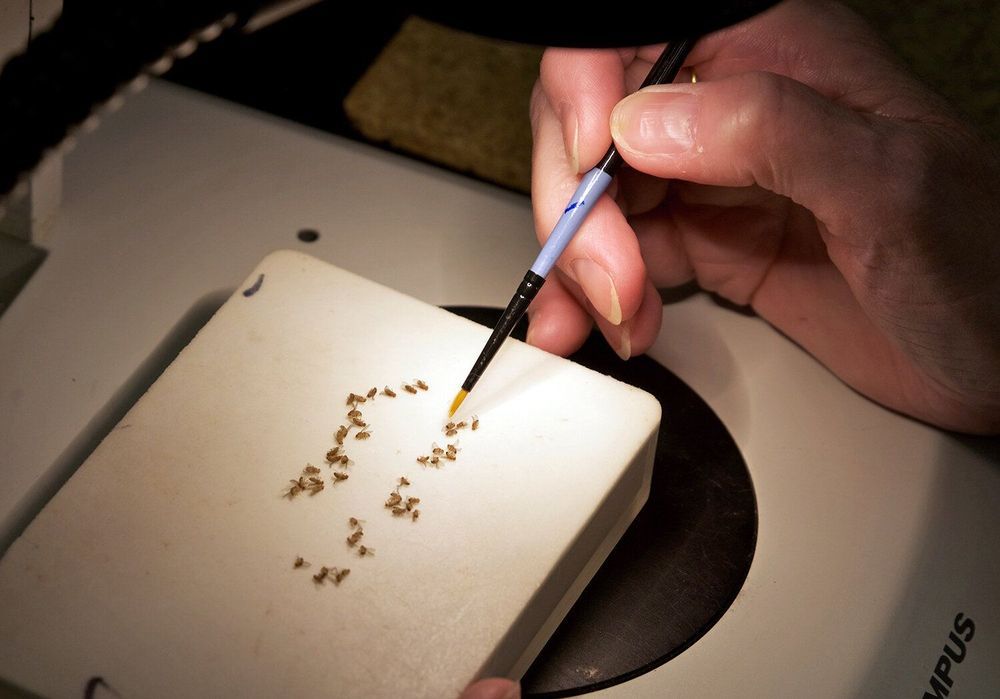The internet is mobilizing to fight coronavirus, but data scientists say we need more.



The House is preparing to vote on Thursday on a coronavirus-relief bill that would provide Americans with paid sick leave, food assistance, free coronavirus testing, and more substantial unemployment benefits.
But Ocasio-Cortez pushed for a more sweeping response, including expanding Medicare or Medicaid to cover all Americans, a freeze on evictions, a universal basic income, ending work requirements for food-assistance programs, criminal-justice reform, and freezing student-debt collection.
“This is not the time for half measures,” she tweeted on Thursday. “We need to take dramatic action now to stave off the worst public health & economic affects. That includes making moves on paid leave, debt relief, waiving work req’s, guaranteeing healthcare, UBI, detention relief (pretrial, elderly, imm).”
First wave 🌊.
Your questions answered — an update (11−03−2020): Professor Neil Ferguson on the current status of the COVID-19 Coronavirus outbreak, case numbers, intervention measures and challenges countries are currently facing.
Read all reports including estimates of epidemic size, transmissibility, severity, phylogenetics, undetected cases, prevalence and symptom progression here: https://www.imperial.ac.uk/mrc-gida
The Abdul Latif Jameel Institute for Disease and Emergency Analytics (J-IDEA) brings together global health researchers in the School of Public Health at Imperial College London. Drawing on Imperial’s expertise in data analytics, epidemiology and economics, J-IDEA improves our understanding of diseases and health emergencies in the most vulnerable populations across the globe. The Institute links governments, research institutions and communities to develop practical and effective long-term solutions, shape health policy and deliver better quality of life for all.
Abdul Latif Jameel Institute for Disease and Emergency Analytics (J-IDEA)


Life is rife with patterns. It’s common for living things to create a repeating series of similar features as they grow: think of feathers that vary slightly in length on a bird’s wing or shorter and longer petals on a rose.
It turns out the brain is no different. By employing advanced microscopy and mathematical modeling, Stanford researchers have discovered a pattern that governs the growth of brain cells or neurons. Similar rules could guide the development of other cells within the body, and understanding them could be important for successfully bioengineering artificial tissues and organs.
Their study, published in Nature Physics, builds on the fact that the brain contains many different types of neurons and that it takes several types working in concert to perform any tasks. The researchers wanted to uncover the invisible growth patterns that enable the right kinds of neurons to arrange themselves into the right positions to build a brain.
The Cleveland Clinic has developed a coronavirus test that will be able to deliver results in just eight hours.
It will be significantly faster than tests available at other US public health laboratories, which take between two to seven days to confirm results.
Denmark is on coronavirus lockdown, becoming the second country in Europe to grind to a halt as the life-threatening disease rips across the continent.
Prime Minister Mette Frederiksen declared that all Danish schools, universities, and kindergartens will be shut for two weeks to slow the spread of the bug.
Tough new measures will also include banning indoor events with 100 or more participants, and sending non-critical public sector employees home.

Investors betting big against catastrophic diseases are watching the World Health Organization closely as insurance bonds tied to whether the organization labels COVID-19 a pandemic are set to mature in June.
In 2017, the World Bank designed a new way to raise money: Pandemic Emergency Financing bonds. Over $425 million worth of such bonds, which bet against a global outbreak of infectious diseases and will default if WHO declares the coronavirus a pandemic, were sold by the World Bank in its first-ever issuance of catastrophe bonds. In the event of no pandemic, investors would be paid a healthy annualized return. Meanwhile, the World Bank could use the bonds to insure itself against the risk of a global outbreak.
“As an investor, we do not want to lose money,” said Chin Liu, a portfolio manager at Amundi Pioneer, a Boston-based firm that purchased the bonds as a way to diversify the company’s $1 billion catastrophe fund. “But then, we also understand if it’s unfortunately triggered, it benefits every single person, including ourselves, to keep the virus controlled.”
The new coronavirus can live in the air for several hours and on some surfaces for as long as two to three days, tests by U.S. government and other…

Just as there is a mysterious dark matter that accounts for 85 percent of our universe, there is a “dark” portion of the human genome that has perplexed scientists for decades. A study published March 9, 2020, in Genome Research identifies new portions of the fruit fly genome that, until now, have been hidden in these dark, silent areas.
The collaborative paper titled “Gene Expression Networks in the Drosophila Genetic Reference Panel” is the culmination of years of research by Clemson University geneticists Trudy Mackay and Robert Anholt. Their groundbreaking findings could significantly advance science’s understanding of a number of genetic disorders.
The “dark” portion refers to the approximate 98 percent of the genome that doesn’t appear to have any obvious function. Only 2 percent of the human genome codes for proteins, the building blocks of our bodies and the catalysts of the chemical reactions that allow us to thrive. Scientists have been puzzled by this notion since the 1970s when gene sequencing technologies were first developed, revealing the proportion of coding to noncoding regions of the genome.